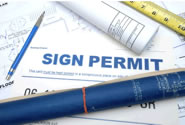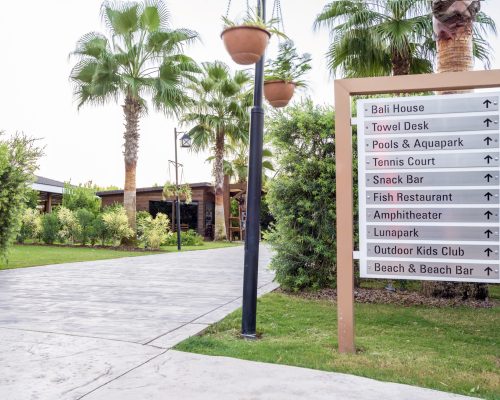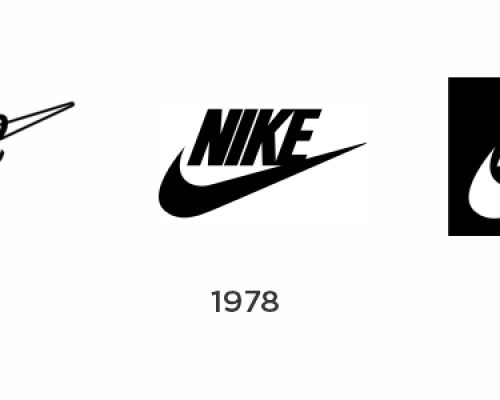Common Pitfalls Of Signage Permitting
October 19, 2018
When it comes to sign permitting, the rule of thumb is pretty simple: The location may change, but the process stays the same.
Unfortunately, that process—that is, the process of getting your sign plans approved by the various municipal governments in which you do business—can be a lengthy, complicated process. So when your company decides to move forward on a new sign program, it’s in your best interest to have a dedicated team with years of experience in the signage permitting sector, interacting directly with township or municipality officials and ensuring that all designs get approved within the desired time frame.

At Egan Sign, our permitting team spends their days working directly with townships, municipalities, and, most importantly, our customers. Navigating the waters of municipal codes and ordinances is a science and an art. Working directly with our customers on the permitting front assures our goals match up with the willingness of the local “powers that be” within any given township or municipality.
So what, exactly, is the permitting process and how do we ensure success?
Step 1: Don’t Skip The Field Survey
We’ve found that when mistakes are made in sign programs, the failure to do a proper field survey is often the reason why.
A field survey entails taking detailed measurements and photos of the buildings that will be outfitted with new signs, as well as all existing signage and areas for potential new signage.
The field survey, as it turns out, is one of, if not the most crucial steps of the entire process, giving our team all the information we will need to get the project started right.
Step 2: Establish the Zoning Requirements
After completing the field survey, we contact the local municipality to determine what permits are required for the project. Every township or municipality has different signage regulations, and those rules will determine how large your signage can (or can’t) be. Zoning regulations also specify the types of signs allowed in terms of their construction, illumination and installation methods.

It’s important to establish these sign requirements before signs are designed, as doing so will ensure that you don’t waste any time on a design that will be denied by the municipality.
Different municipalities will give you different regulations for signage, but there are also ways to get around those regulations through variances. We try to work with the municipalities and the clients to design signs that will get through the permit process without any adjustments, thus, saving time and money.
Step 3: Compile the Correct Documentation
Providing complete packages of documentation that accompany the permit application according to the municipality’s guidelines is a must—and timing is the biggest reason why.
Just as municipalities have different regulations for the type of signs that are allowed, they have different requirements for applications as well. Failure to apply for a required permit—or failure to provide the correct documentation with a permit application—can result in daily fines from the municipality until the proper permit is obtained. Permits will not be issued without the proper documentation. The only time a fine will be issued would be if signs were installed without a permit (which we would never do). Not providing the proper documentation with an application will hold up the process.

Commonly required permit information includes:
- Property owner’s address and contact information.
- Property owner’s letter of authorization.
- Estimated cost of the job (sign and installation).
- For wall signs: a scaled drawing showing sign dimensions and location of the sign on the building.
- For freestanding signs: a site plan of the property showing property lines and placement of the sign with setback information.
- Details of all signs including size, colors, manufacturing materials, electrical specifications, attachment methods and/or foundation details.
Step 4: Maintain Contact with the Municipality for Permit Status Updates
By law, many municipalities have 30 days to approve or deny a permit. But as we have learned, in most cases, it does not take this long. We know that increased follow up with the permitting office will directly affect time to approval.
What we try to avoid is letting the application sit there. We don’t wait for an answer. We’ll touch base periodically to find out what the status is. If we can get a verbal confirmation from them, we’ll go ahead and put the sign into production.
By partnering with Egan Sign, we can assure project will move ahead smoothly with the utmost efficiency.
Contact Us to learn how we can add control and efficiencies to your next project.



